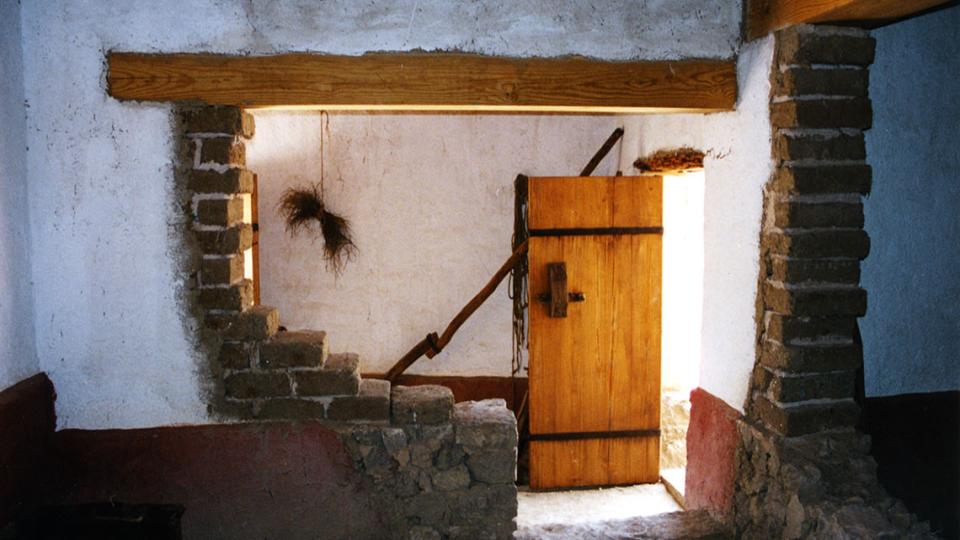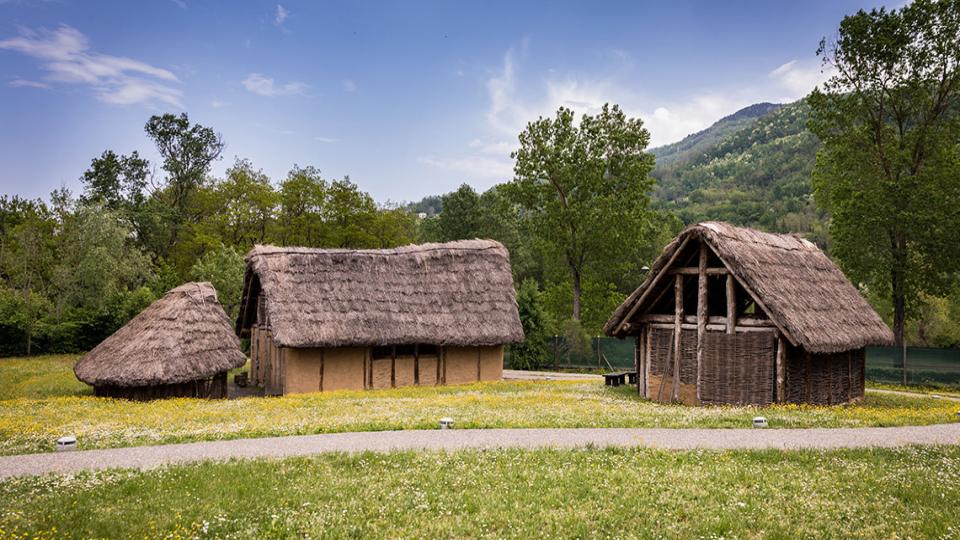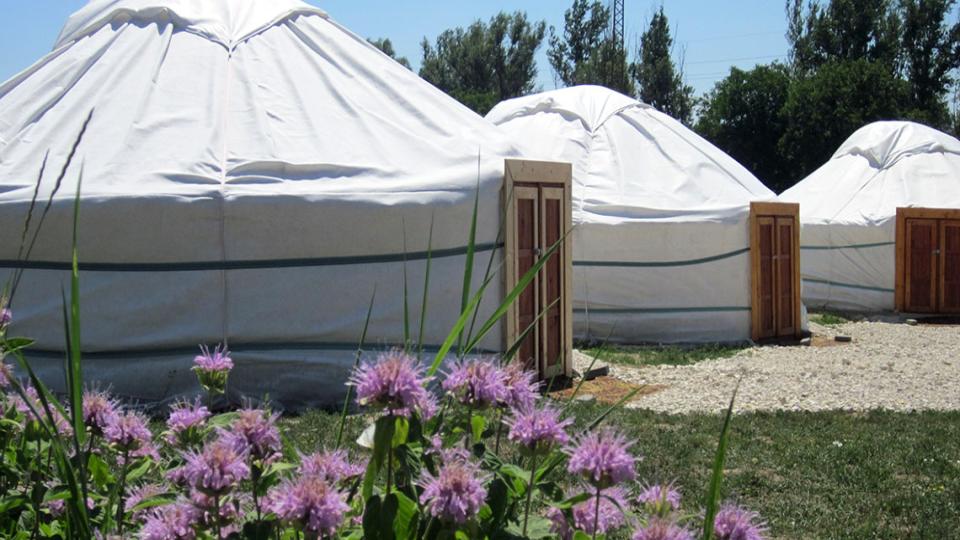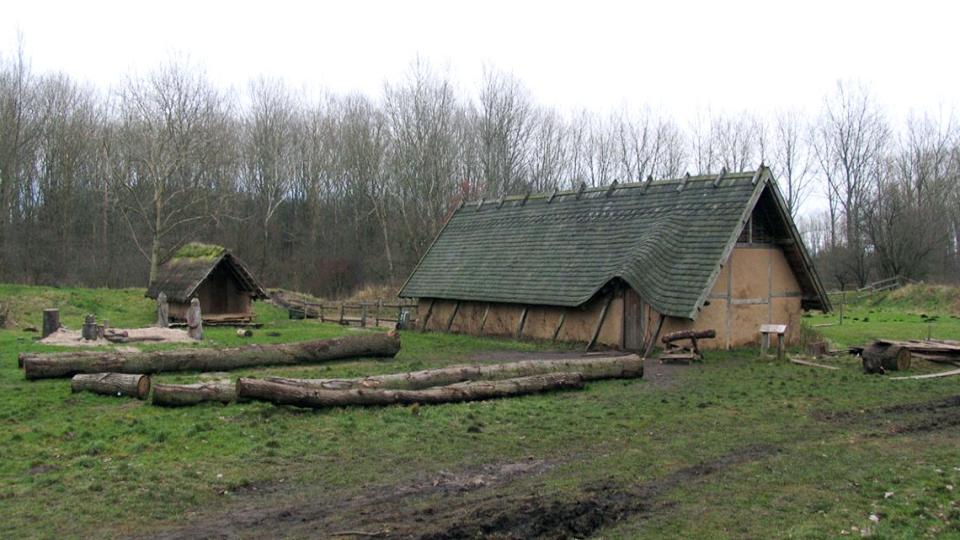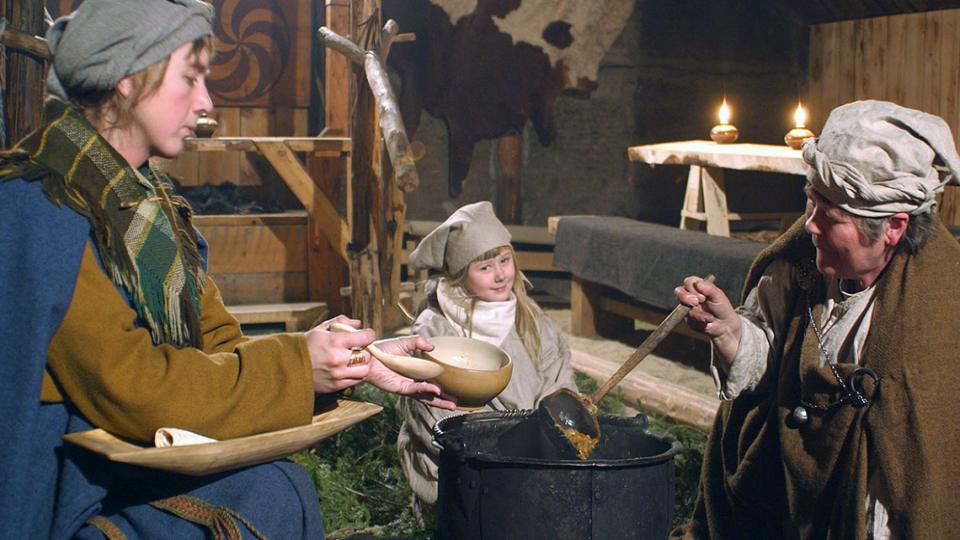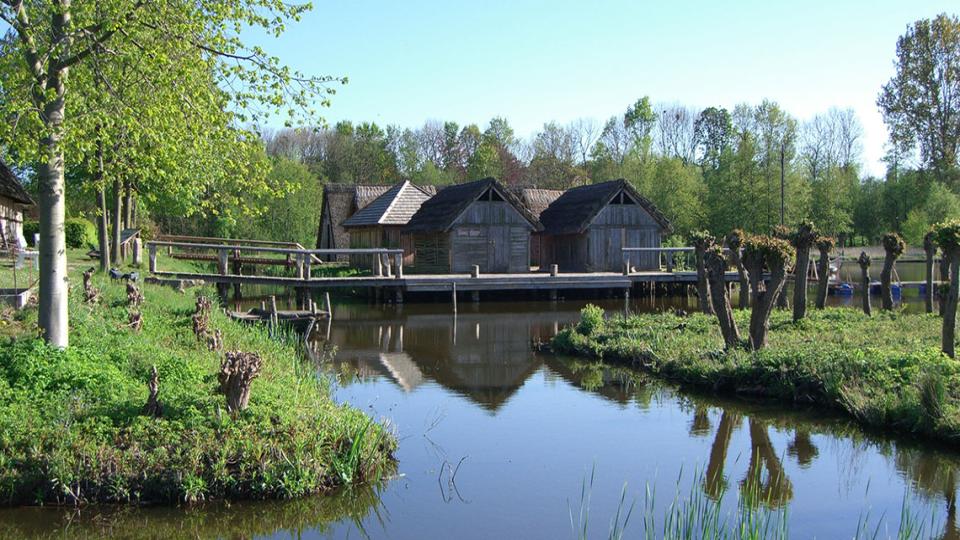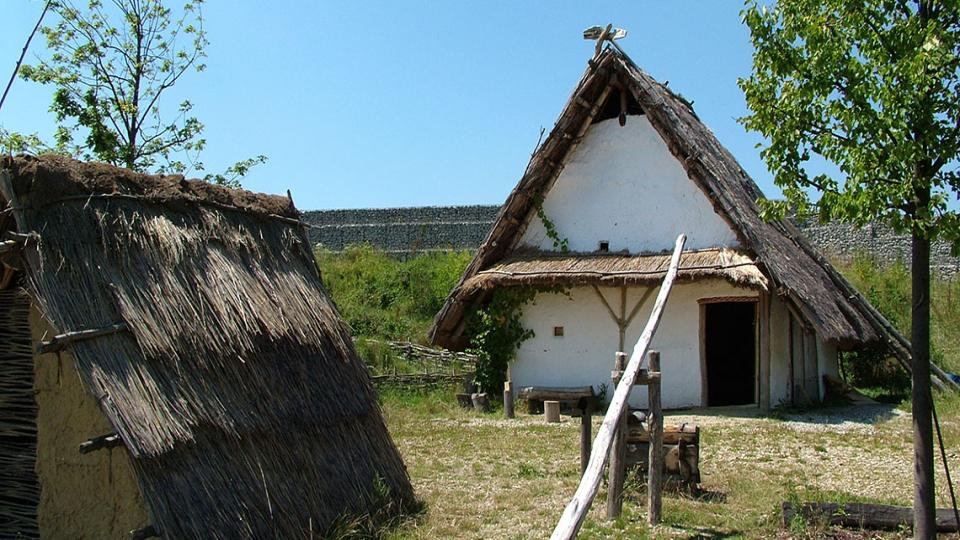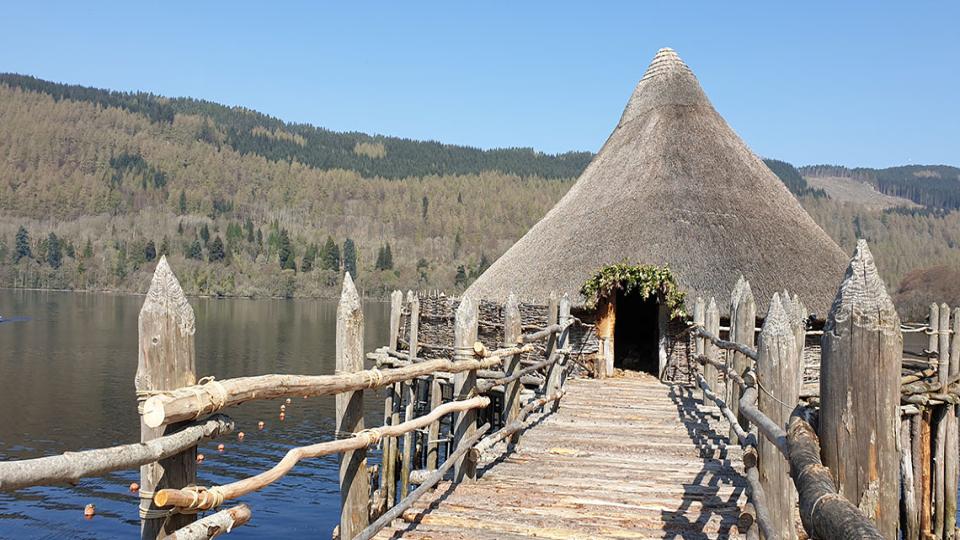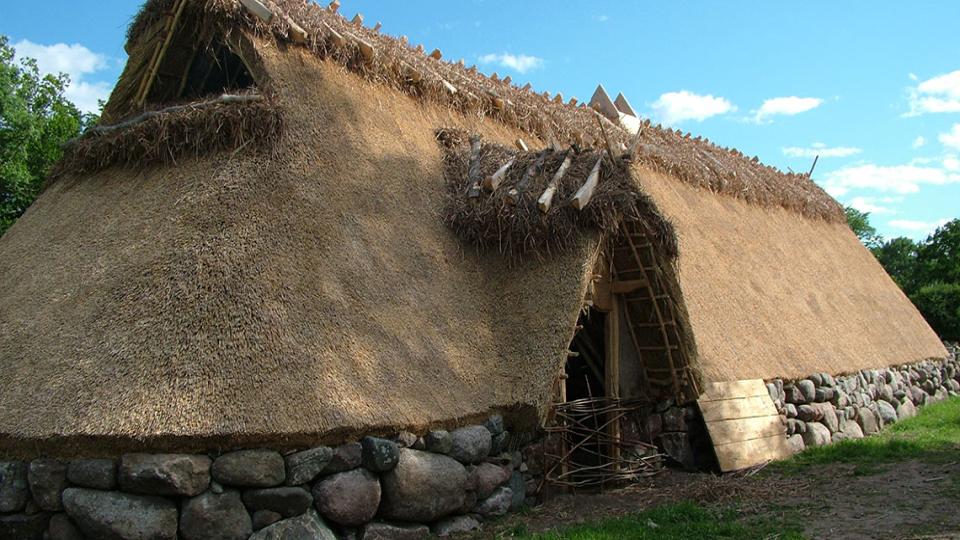5,000-25,000
Museu de Prehistòria de València (ES)
The Museu de Prehistòria de València is a scientific institution dedicated to preserving, researching and disseminating the archaeological prehistoric heritage of the province of Valencia. It is a cultural resource of the Valencian society in so far it preserves his heritage; it contributes to the enhancement of its cultural level and its integral development.
Parco Archeologico Villaggio Neolitico di Travo (IT)
Travo’s Park, with its Neolithic archaeological site and full-scale reconstructed prehistoric dwellings, lies in the beautiful scenario of the Trebbia Valley, testifying to how this corner of northern Italy connecting Piacenza to Genoa has been continuously populated from the 5th millennium to present.
Csiki Pihenokert, Csiki Garden (HU)
The “Csiki Garden” is a Medieval eco-archaeological park and Summer camp (in Hungarian: Csiki Pihenőkert, Árpád-kori régészeti park, erdei-iskola és nyári tabor) coordinated by the Régiségbúvár Egyesület (Antiques-research Association). The goals are to present Hungarian medieval life and history (buildings, agriculture, craftsmanship, foods, arms, costumes, et cetera) as well as teaching the children in schools and in Summer camps.
Geschichtserlebnisraum (DE)
The “Geschichtserlebnisraum Lübeck, Bauspielplatz Roter Hahn e.V.” started as an adventure playground in 1999. The aim is to use the site for open youth work (including non-historical activities), offering historical education. The focus is on the easy approach for children and adolescents to all of our activities.
Genesmons Arkeologiska Friluftsmuseum (SE)
At Genesmon, the University of Umeå conducted archaeological research from 1977 to 1988. Here burial mounds and a settlement of the Early Iron Age were uncovered. Traces of iron processing were recognised as well as bronze casting refuse - some containing remains from gilding - and a textile workshop.
Oldenburger Wallmuseum (DE)
At the Oldenburger Wallmuseum the visitors can discover three thematic parts: a typical Ostholstein tenant farm, the Slavonic period in the 10th century and the St. Johannis Toten- und Schützengilde from 1192.
Bajuwarenhof Kirchheim (DE)
Near München archaeologists and volunteers constructed a house and several other structures.
Upper Bavaria 1400 years ago... How did people live at that time? What did their houses look like, their working tools and other items of everyday's life? What kind of clothes did they wear, how were fabrics woven, dyed and worked? What did they eat, how did they bake bread, conserve meat or brew mead?
The Scottish Crannog Centre (UK)
Join the 21st Century Crannog Community where you will be guaranteed a warm welcome and taken on a fascinating journey into Scotland's prehistory. Walk in the footsteps of the original Crannog dwellers and immerse yourself in village life with original artefacts; demonstrations of textiles, cooking and ancient crafts & technologies; paddle into prehistory in one of our replica log boats and take in the atmosphere inside the Crannog Roundhouse.
Antiquitates - Centro di Archeologia Sperimentale (IT)
In the heart of Central Italy there is an ancient land once known with the name of “Etruria”, where you can make a journey through centuries. Located in this pristine landscape, dominated only by nature, is Antiquitates, an Archaeological Education Park and a Research Centre for Experimental Archaeology, as well as a warm and cosy Guest House where you can spend a relaxing holiday dedicated to nature, equitation and archaeology.
Skäftekärr arkeologiska friluftsmuseum (SE)
The Island Öland, east of Kalmar is about 137 kilometres long and was rich in the Iron Age, due to its strategic location. Near Löttorp, a small village in the north, there are several Iron age villages discoverad and most of them are visable above the ground – the best preserved Iron Age villages in Europé. Most of them has been inhabitaded between 200-800 AD.

